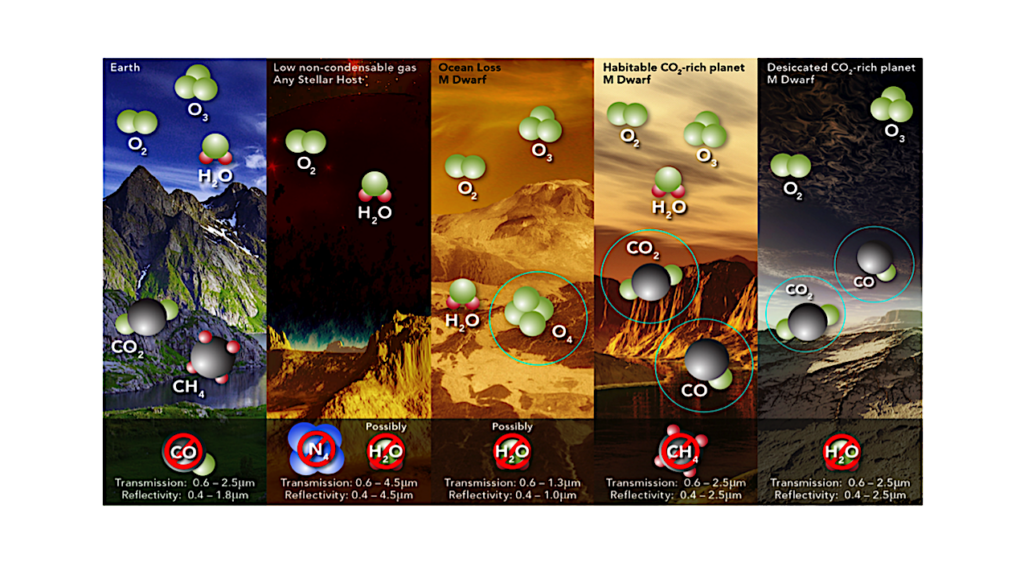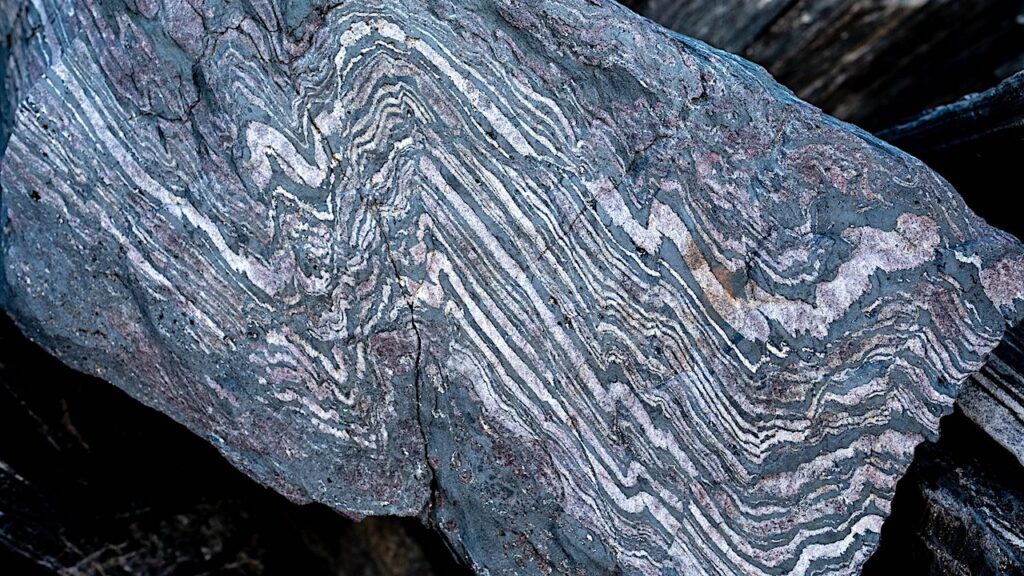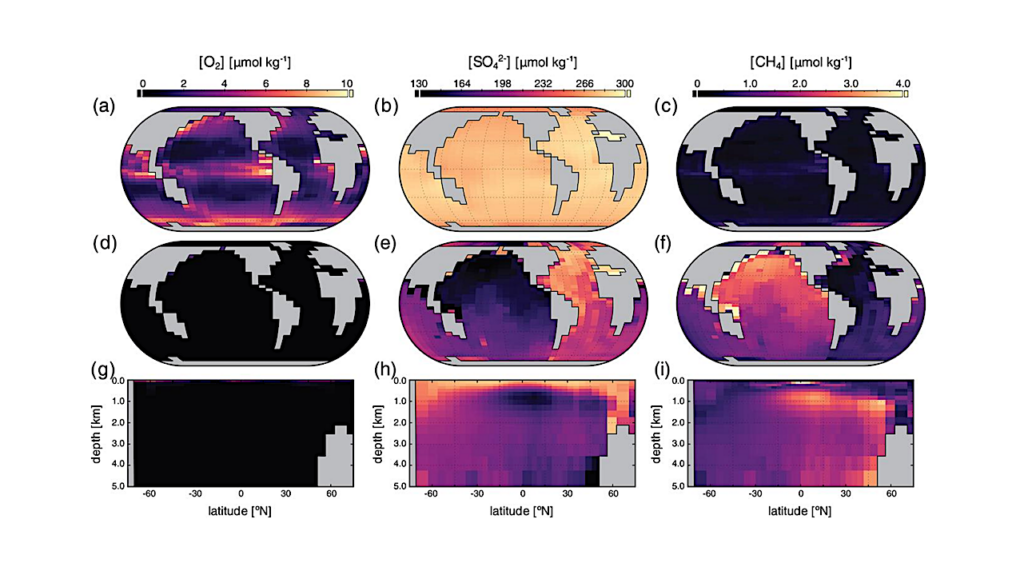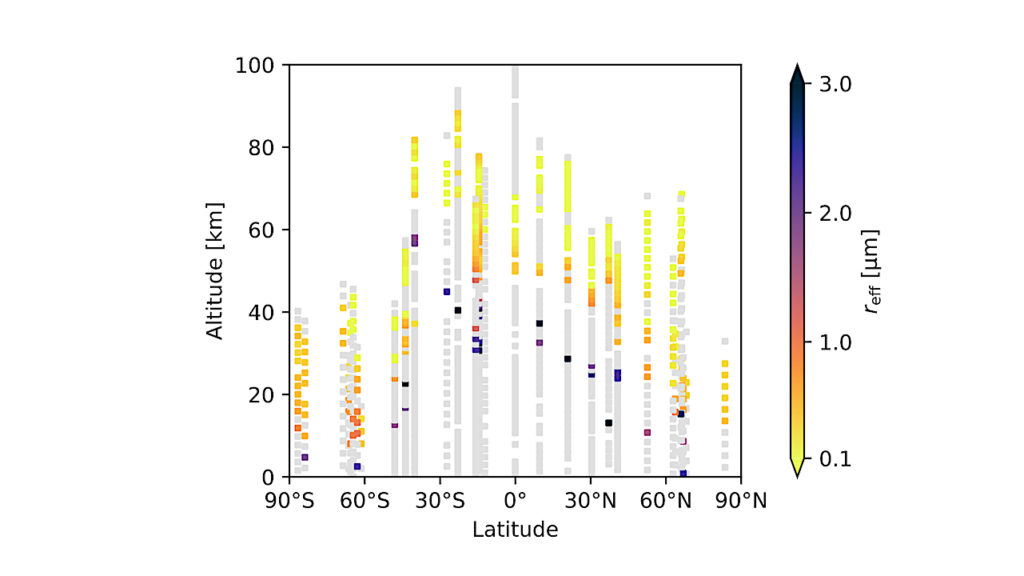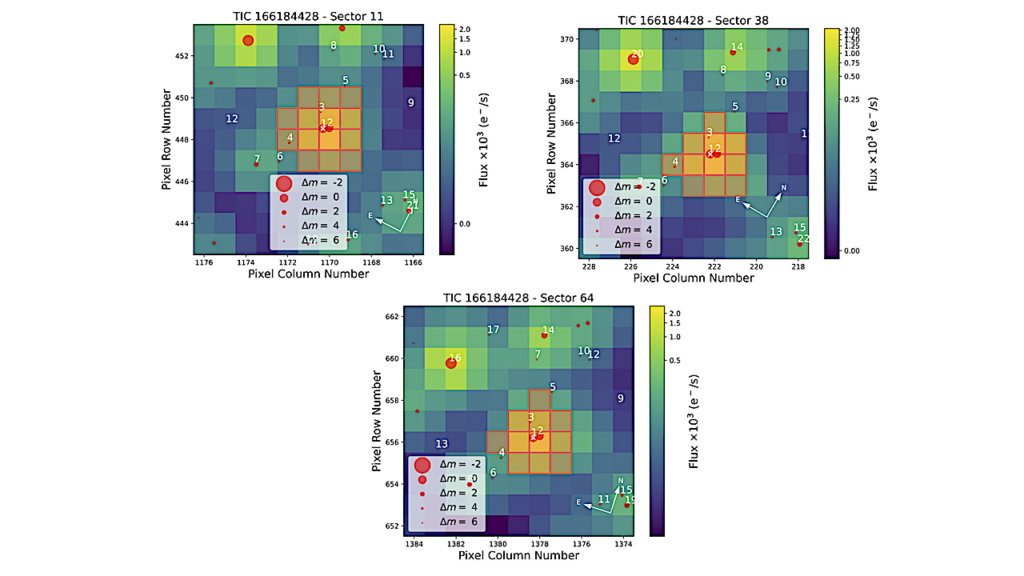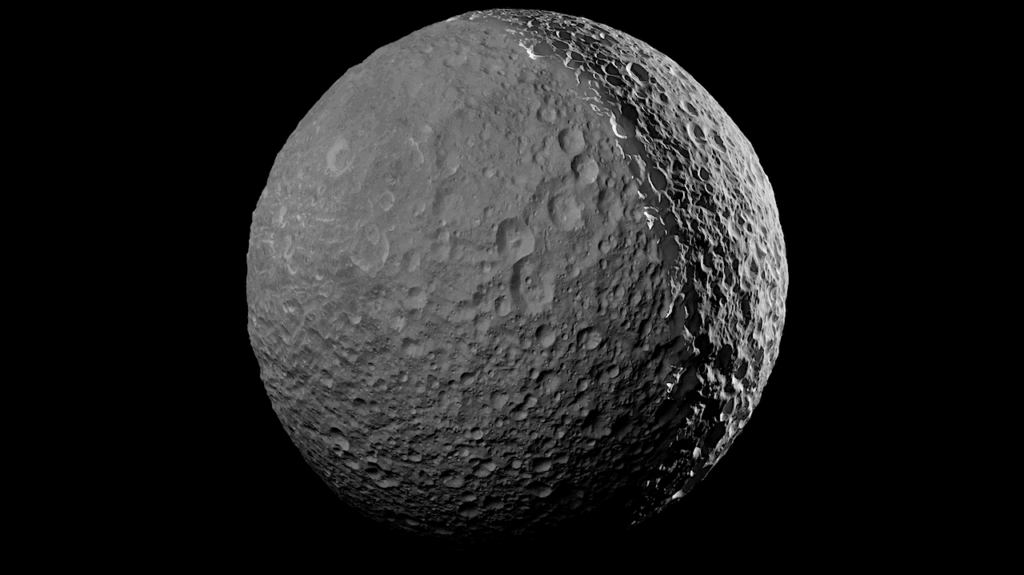Water UV-shielding In The Terrestrial Planet-forming Zone: Implications From Water Emission

Mid-infrared spectroscopy is one of the few ways to observe the composition of the terrestial planet forming zone, the inner few au, of proto-planetary disks. The species currently detected in the disk atmosphere, for example CO, CO2, H2O and C2H2, are theoretically enough to constrain the C/O ratio in the disk surface.
However, thermo-chemical models have difficulties in reproducing the full array of detected species in the mid-infrared simultaneously. In an effort to get closer to the observed spectra, we have included water UV-shielding as well as more efficient chemical heating into thermo-chemical code Dust And Lines.
We find that both are required to match the observed emission spectrum. Efficient chemical heating, in addition to traditional heating from UV photons, is necessary to elevate the temperature of the water emitting layer to match the observed excitation temperature of water.
We find that water UV-shielding stops UV photons from reaching deep into the disk, cooling down the lower layers with higher column. These two effects create a hot emitting layer of water with a column of 1-10×1018 cm−2. This is only 1-10% of the water column above the dust τ=1 surface at mid-infrared wavelengths in the models and represents <1% of the total water column.
Arthur D. Bosman, Edwin A. Bergin, Jenny Calahan, Sara Duval
Comments: 8 pages, 4 figures, accepted to ApJL
Subjects: Earth and Planetary Astrophysics (astro-ph.EP)
Cite as: arXiv:2204.07108 [astro-ph.EP] (or arXiv:2204.07108v1 [astro-ph.EP] for this version)
Submission history
From: Arthur Bosman
[v1] Thu, 14 Apr 2022 16:58:17 UTC (3,234 KB)
https://arxiv.org/abs/2204.07108
Astrobiology,


